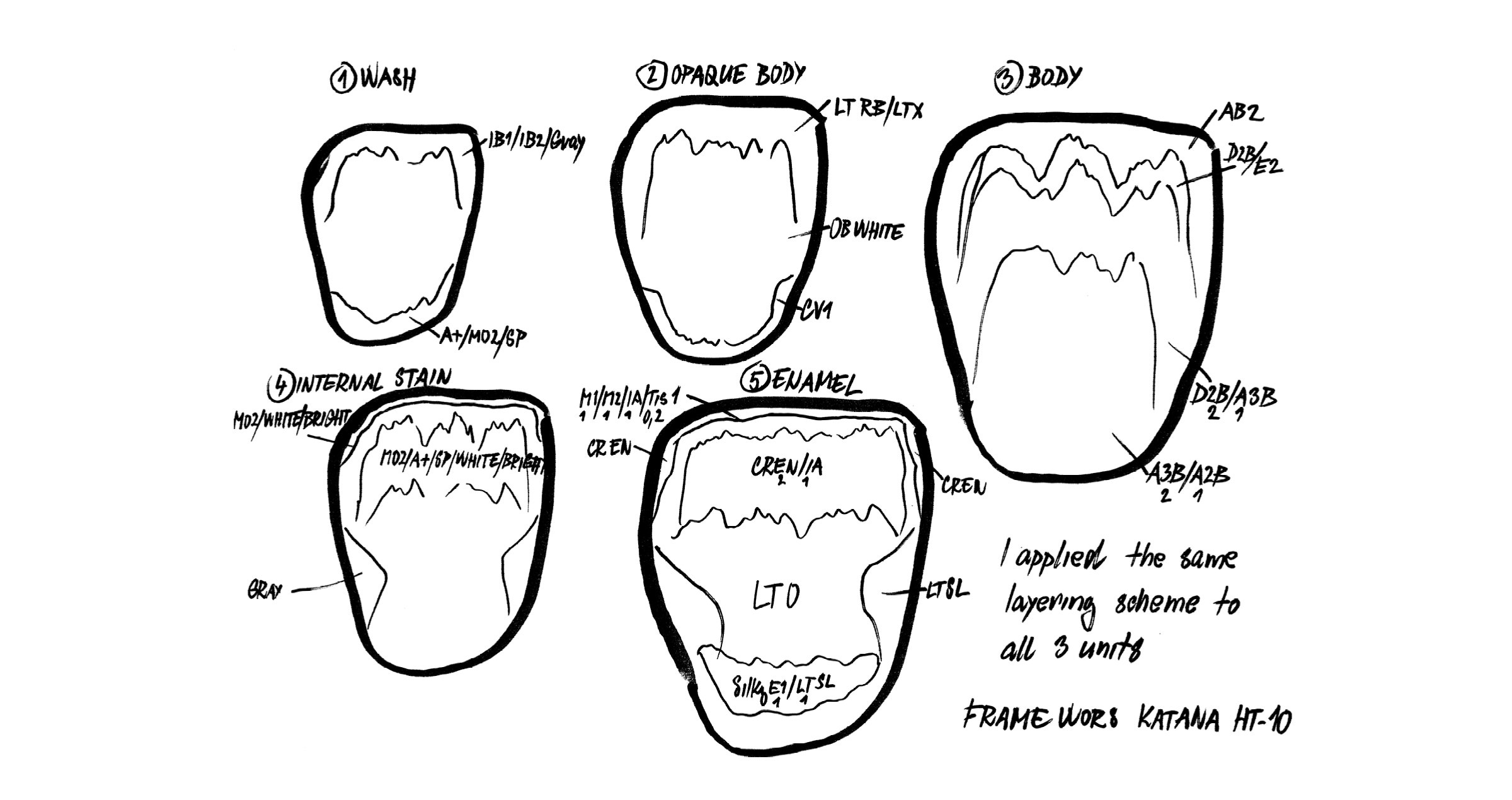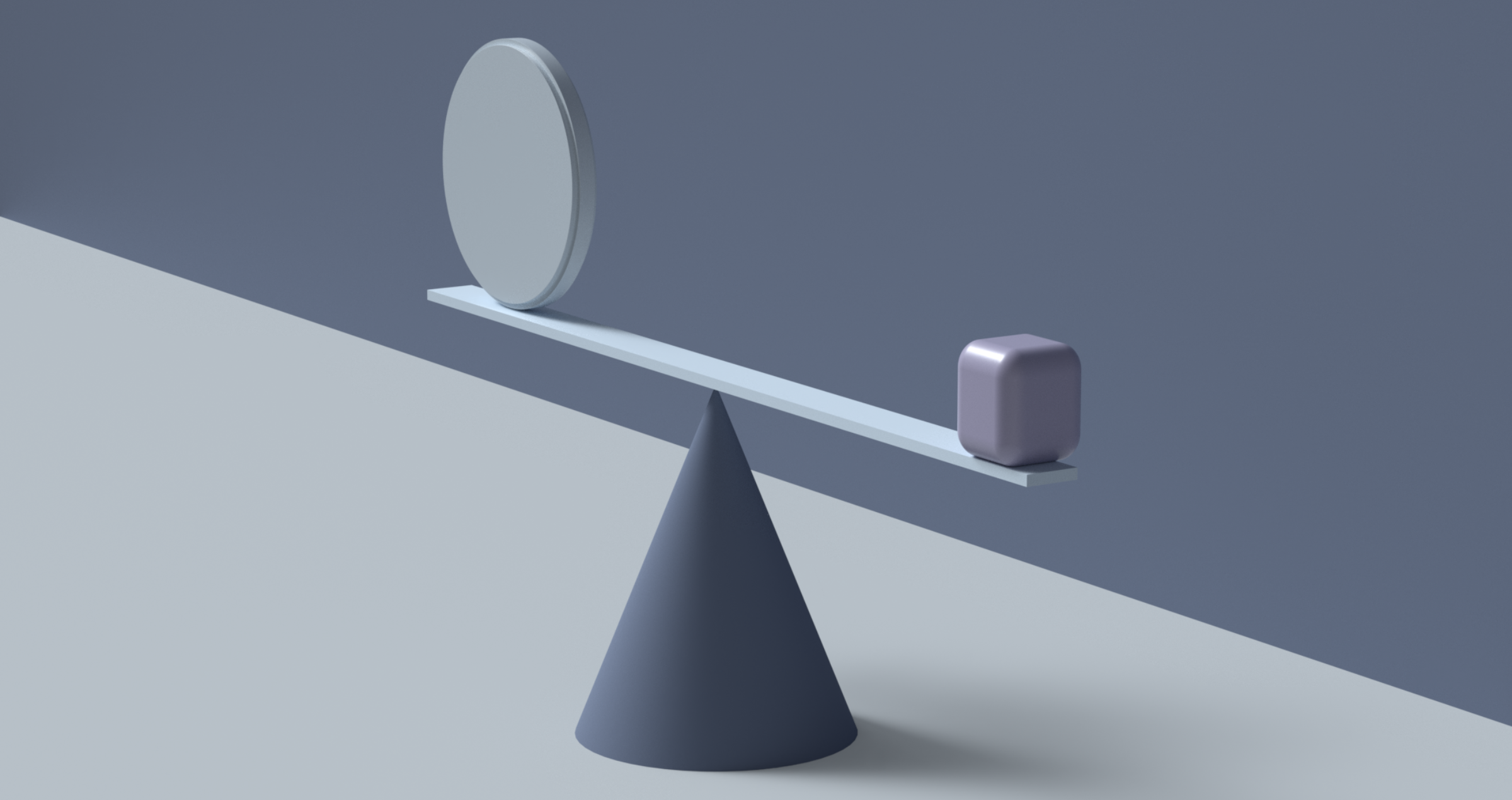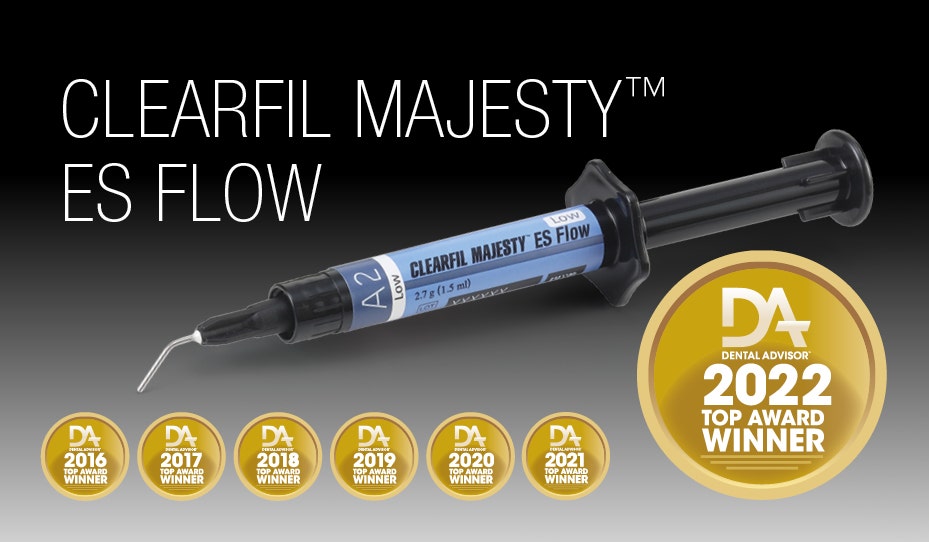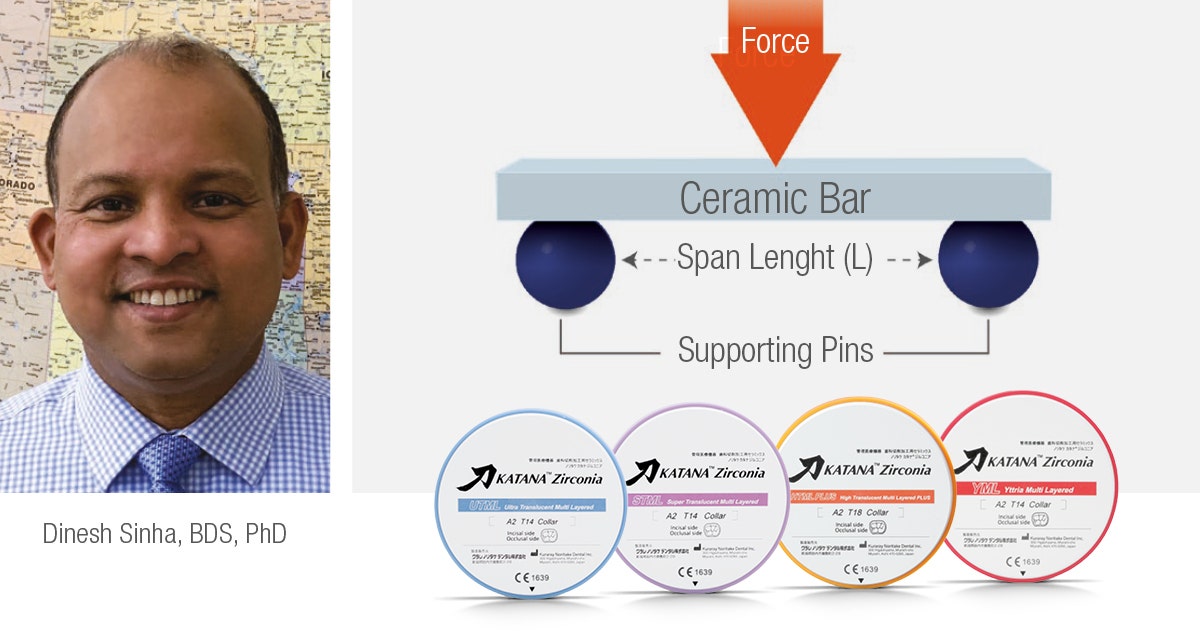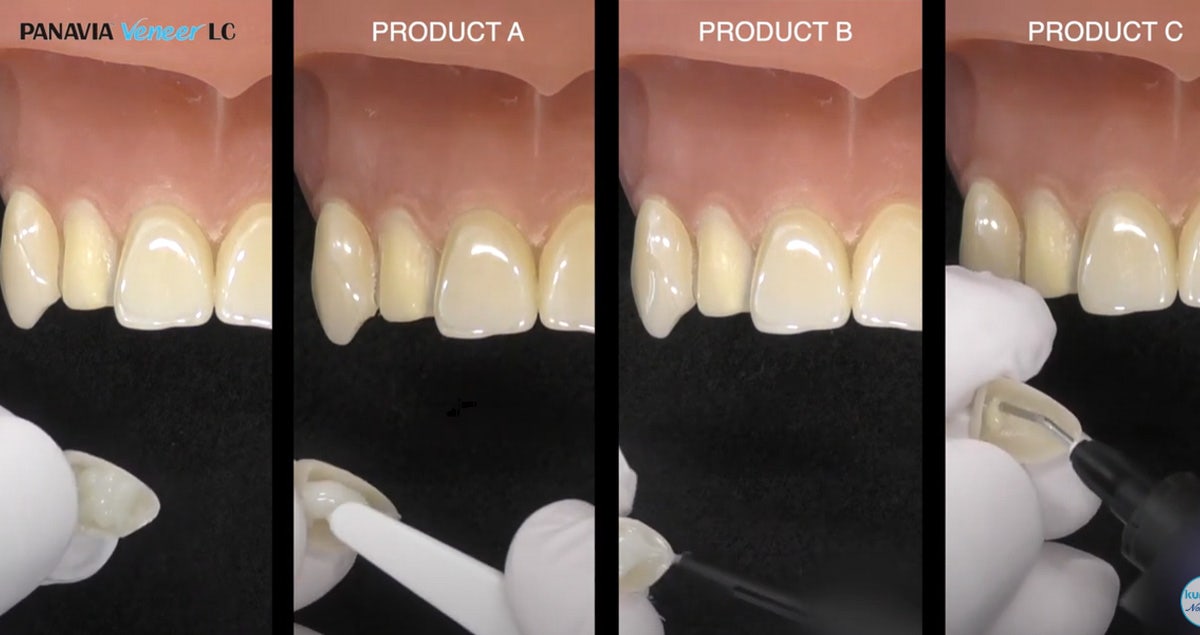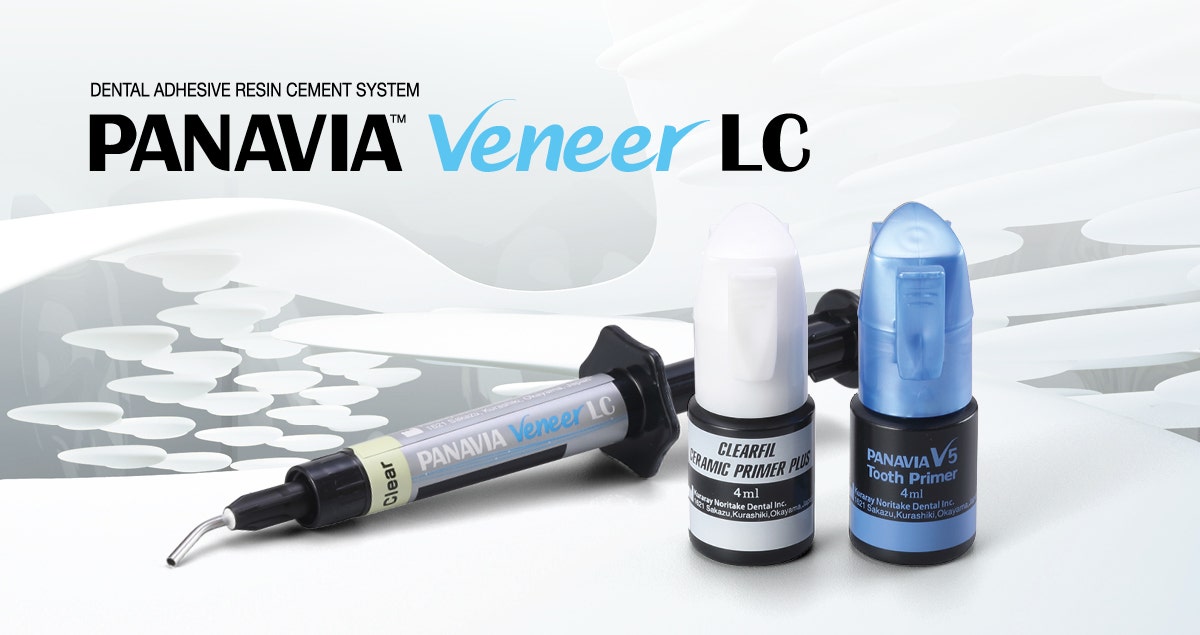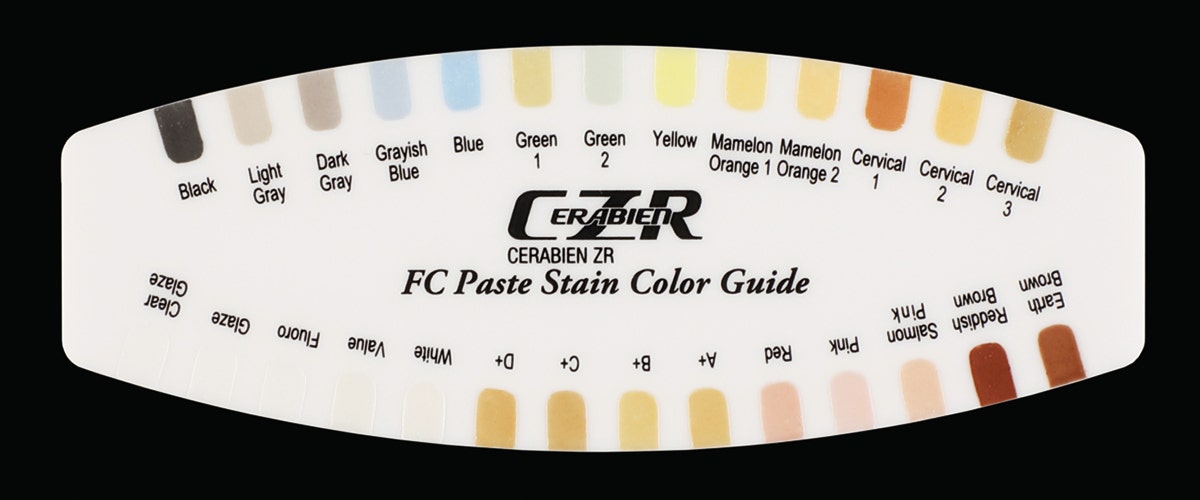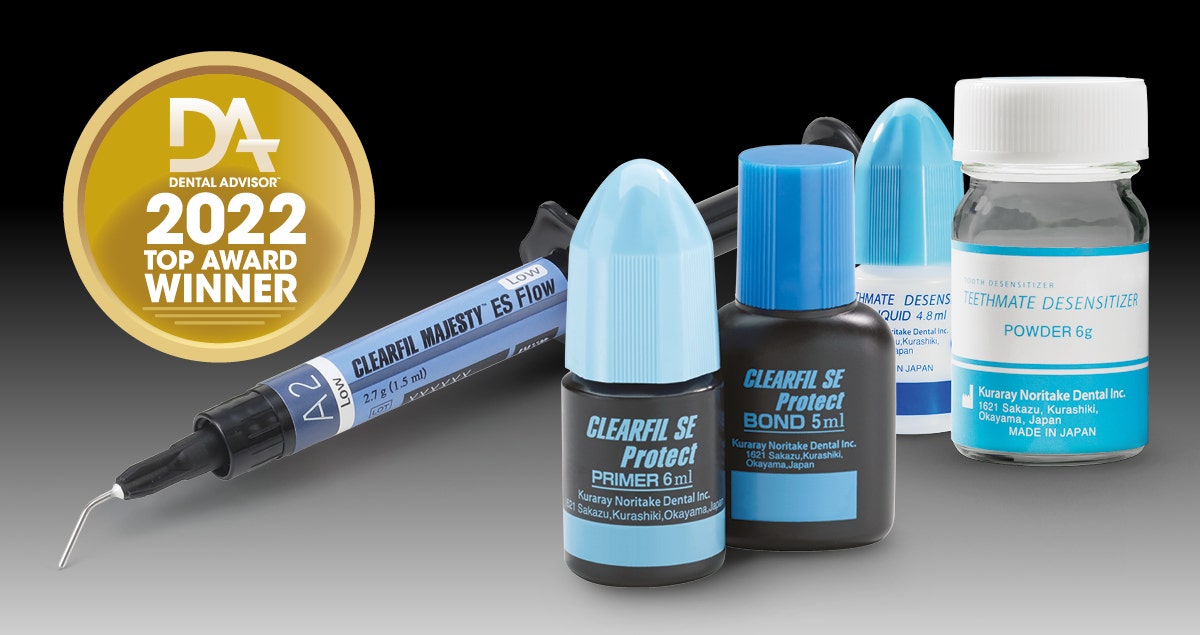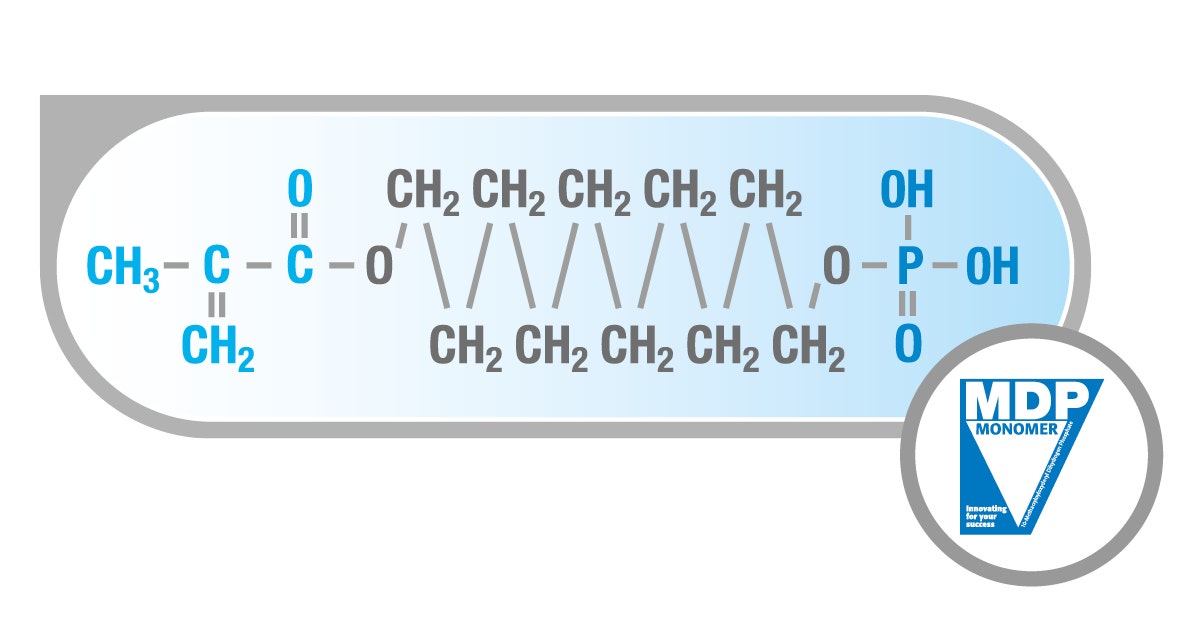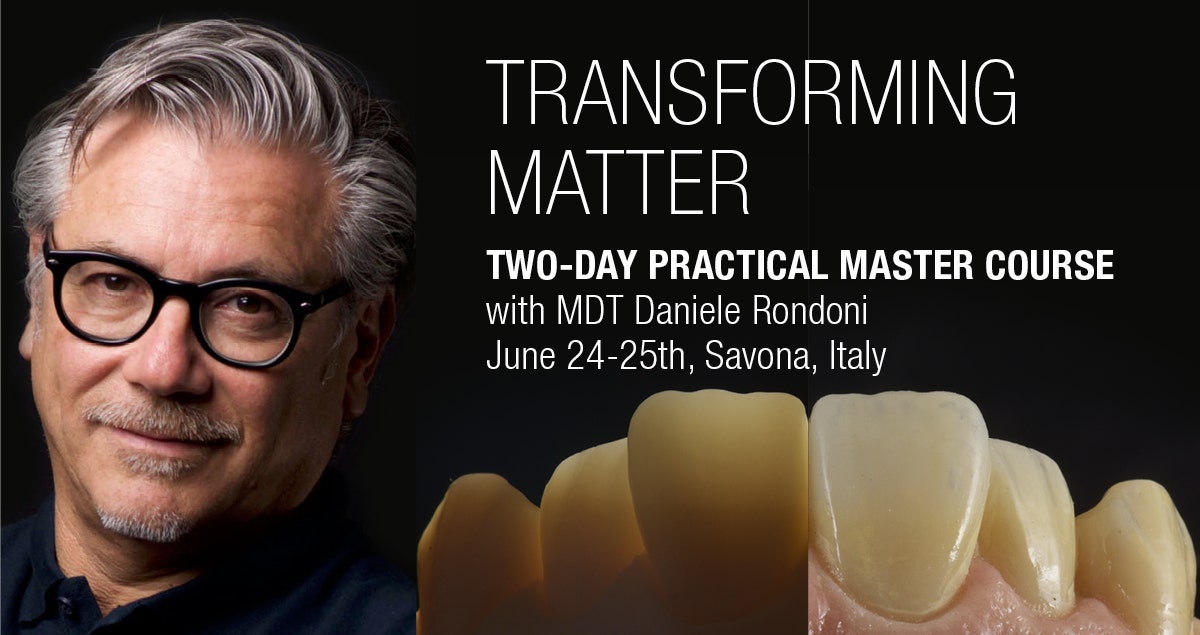Thanks to constant efforts in research and development, leading dental companies have managed to introduce new products that allow for less invasive techniques, standardized or simplified procedures and better outcomes on a regular basis. With so many different materials available on the dental market, however, it seems difficult to decide which products are best suited to fulfill the individual requirements. A direct comparison obtained through testing of all products in the dental office is simply impossible due to the great number of available solutions. Laboratory investigations provide information about specific product properties, but usually cannot create the overall picture. Moreover, the results of different tests are barely comparable due to variations in test conditions. Clinical study results are very useful as they shed light on clinical (long-term) performance of selected materials, but they are usually published years after a product’s launch. Hence, they are not available in the early stages. A great source of information are practice-based evaluations, as they support potential users in identifying high-quality dental materials.
One of the institutions conducting and publishing practice-based clinical evaluations and product performance tests is the US-based DENTAL ADVISOR. Once per year, the dental materials and equipment with the best performance receive a Top Product or Preferred Product Award. The list of winners is published online (www.dentaladvisor.com) and in the January-February issue of the DENTAL ADVISOR. In 2022, numerous products from Kuraray Noritake Dental Inc. were among the award winners.
Top Product Awards
Minimum intervention dentistry has gained increasing popularity in recent years. A product that even allows for a non-invasive approach is TEETHMATE™ DESENSITIZER for hypersensitivity treatment. This year, the product won a Top Award from the Dental Advisor for the eighth year in a row.
The material was designed to create hydroxyapatite (HAp), which is able to occlude open dentinal tubules and enamel cracks. This leads to a significant reduction of hypersensitivities when applied to exposed, mechanically treated or freshly prepared dentin. When used in the context of restorative treatment, TEETHMATE™ DESENSITIZER does not have a negative effect on the bond strength of dental adhesives or cements. A six-month clinical evaluation conducted by the DENTAL ADVISOR involving 27 patients with gingival recession-related hypersensitivity revealed that the use of the product is very effective in providing immediate and even long-term (six-months) hypersensitivity relief. This resulted in an excellent rating with a score of 96 percent.
Delivering a strong and durable bond to enamel and dentin is one of the preconditions for minimally invasive direct restoration procedures. A self-etch adhesive that offers more than just a reliable bond is CLEARFIL™ SE Protect. The product received a Top Product Award in the category Direct Restoratives, Bonding Agent: Self-Etch for the fourth time. It is based on the formulation of the gold standard two-step self-etch adhesive CLEARFIL™ SE BOND, but contains an extra MDPB monomer offering an antibacterial cavity-cleansing effect and fluoride for long-term fluoride release. The honoring of the DENTAL ADVISOR is based on a material test carried out by 13 DENTAL ADVISOR consultants and editors in their dental offices for six weeks. Due to its excellent performance, CLEARFIL™ SE Protect received a 98 percent clinical rating.
Great handling and aesthetic outcomes are probably the major benefits CLEARFIL MAJESTY™ ES Flow has to offer. For the seventh year in a row, the Top Product Award in the category Direct Restoratives, Composite: Highly Filled Flowable went to this material.
The universal flowable composite that also became the Editor’s Choice comes in three different levels of flowability, from high to super low*. This enables the user to choose the right viscosity for every clinical situation – with the high flowability variant being the perfect choice for cavity lining and as a resin coat in IDS (Immediate Dentin Sealing) procedures, and the super low flowability option being specifically suited for direct veneer procedures and even for build-up of posterior cusps etc. The universal flowable composite was tested by 29 consultants of the DENTAL ADVISOR in more than 900 clinical applications. The evaluated properties – placement/handling, aesthetics, viscosity and polishability – were rated “excellent”. This led to a recommendation rate of 100 percent and a 98 percent overall clinical rating.
*DENTAL ADVISOR evaluated only the standard level of flowability (Low), because other two variants are not available in US.
Preferred Products
Among the 2022 Preferred Products are two truly universal solutions: The time-saving CLEARFIL™ Universal Bond Quick and easy-to-use PANAVIA™ SA Cement Universal.
CLEARFIL™ Universal Bond Quick became a Preferred Product of the Dental Advisor consultants for the third time. The universal bonding agent may be applied using the self-etch technique or – together with K-ETCHANT syringe – in the selective enamel etch or total-etch technique. Containing our rapid bond technology – a combination of the original MDP monomer with innovative hydrophilic amide monomers – the adhesive works instantly and without the need for extended exposure times, application of multiple layers or extensive rubbing into the tooth structure. The fast and easy application procedure was one of the main reasons for the consultants of the DENTAL ADVISOR to select CLEARFIL™ Universal Bond Quick as a Preferred Product and Editor’s Choice with a 98 percent score in a clinical evaluation.
PANAVIA™ SA Cement Universal became a Preferred Product in 2021 and 2022, won a Top Product Award in 2020 and is listed as the Editors’ Choice. The self-adhesive universal resin cement contains the unique LCSi monomer. This monomer is a silane coupling agent, which has a unique long carbon chain in its molecule. LCSi monomer establishes a durable, chemical bond with porcelain, lithium disilicate and composite resin without the need for a separate silane containing primer. The other key technology present in the formulation is the original MDP monomer, which provides for chemical reactiveness with zirconia, dentin and enamel. Together the technologies make it possible, that PANAVIA™ SA Cement Universal produces a strong and durable bond with virtually every restorative material without the need for a separate primer. Its handling characteristics, aesthetics and gingival friendliness received very good to excellent ratings from 31 clinical evaluators, who used the cement in 516 applications. The result of the overall clinical rating was 96 percent.
Finally, CLEARFIL™ Ceramic Primer Plus became a Preferred Product in 2019, 2020, 2021 and 2022, and received the Editors’ Choice label due to its excellent performance in the clinical evaluation. It contains the original MDP monomer and a silane monomer, which ensure excellent bond strength to all kinds of restorative materials, i.e., to silica-based ceramics, zirconia, composites and even metals. Users benefit from procedural simplicity as the product is just applied and dried to the bonding surface after the recommended pretreatment. In a clinical evaluation, the product received a recommendation rate of 96 percent and a 96 percent overall score from the DENTAL ADVISOR consultants.
Conclusion
Most of the Kuraray Noritake Dental products that received an award this year are based on resin technologies, one of our key competencies. In the 1980s, we developed the original MDP monomer, a functional monomer, which is an essential component of any adhesive product we introduced down to the present day, including the award-winning CLEARFIL™ SE Protect, PANAVIA™ SA Cement Universal, CLEARFIL™ Universal Bond Quick and CLEARFIL™ Ceramic Primer Plus. This is only one of our many areas of expertise. We also provide users with preventive products and a whole range of restorative materials – from composite filling materials like CLEARFIL MAJESTY™ ES Flow to dental ceramics like KATANA™ Zirconia UTML, STML, an updated HTML PLUS and the brand-new KATANA™ Zirconia YML. We see the winning of the awards as a positive proof of a reliable product performance that supports dental practitioners in reaching their own goals.




